Chinese to Invest 70 Billion Tenge in "Underground" AI Project in Kazakhstan
 Photo: Orda.kz
Photo: Orda.kz
In early June, the National Academy of Sciences under the President of the Republic of Kazakhstan (NAS) announced the creation of a new institution with a science fiction-sounding name — the Laboratory of Spatio-Temporal Artificial Intelligence and Sustainable Development.
A month later, it was officially presented to a delegation from China, whose representatives plan to invest heavily in the project.
Orda.kz reports on what the laboratory is set to do, and what Kazakhstan’s role in it will be.
Brain in the Basement
On February 8, the leadership of the National Academy of Sciences and Zhejiang University of Technology (ZJUT) signed a memorandum to establish the Laboratory of Spatio-Temporal AI and Sustainable Development. Five months later, the facility was showcased to a delegation from Zhejiang Province.
Despite its futuristic name, the lab itself is modest, consisting of a few rooms with computers. Evidence of AI research includes neural network-generated images displayed on the walls and a video in Chinese featuring AI-related content, which was shown to the visiting guests.
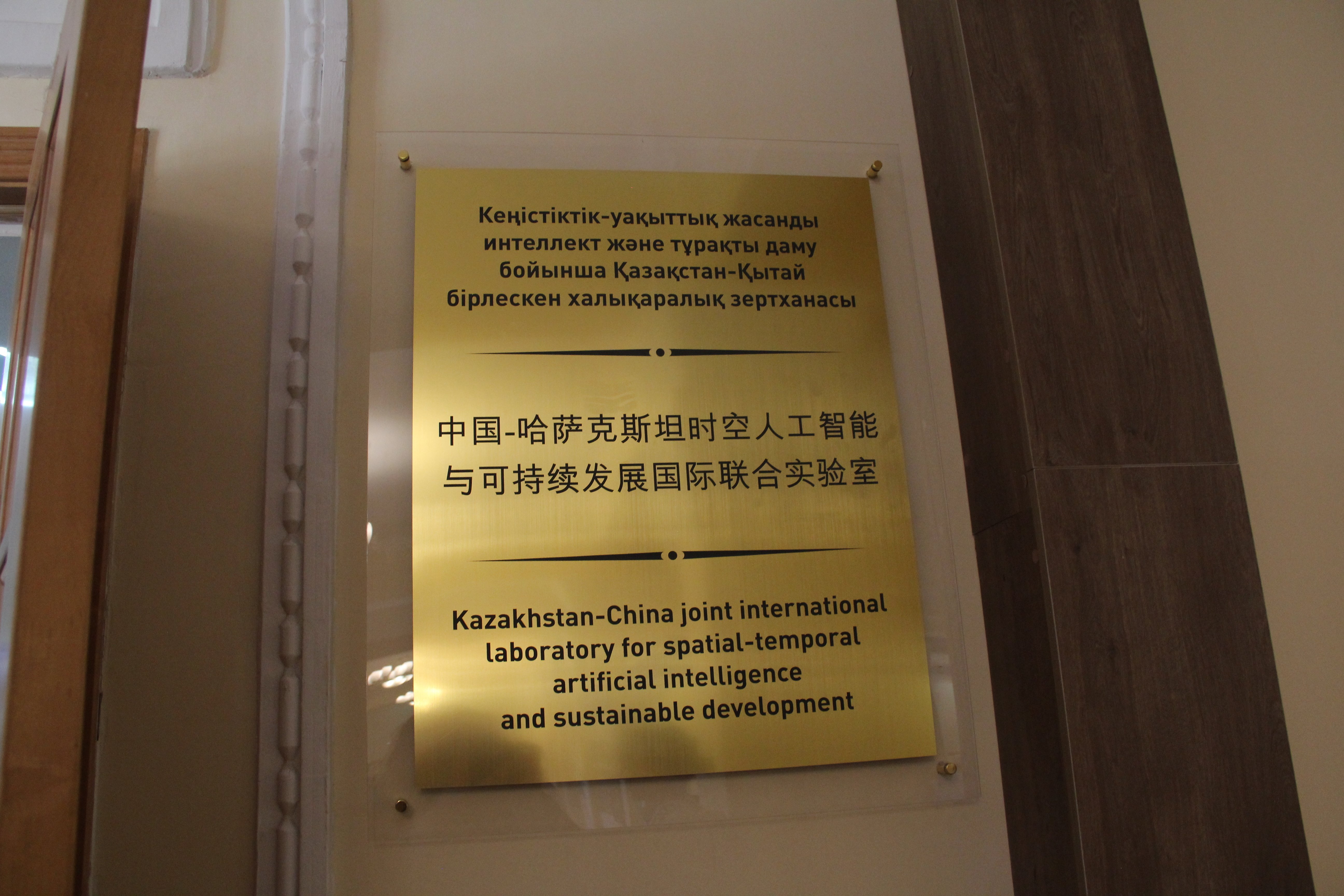
As previously mentioned, the lab is being funded by Chinese investors, who plan to invest about one billion yuan — over 70 billion tenge at the current exchange rate.
According to Ismail Tokbergenov, the chief scientific secretary of the Academy of Sciences, the investment will primarily go toward AI research equipment. Most of this equipment, he noted, has already been delivered, and the lab is expected to be fully operational by the end of the year.
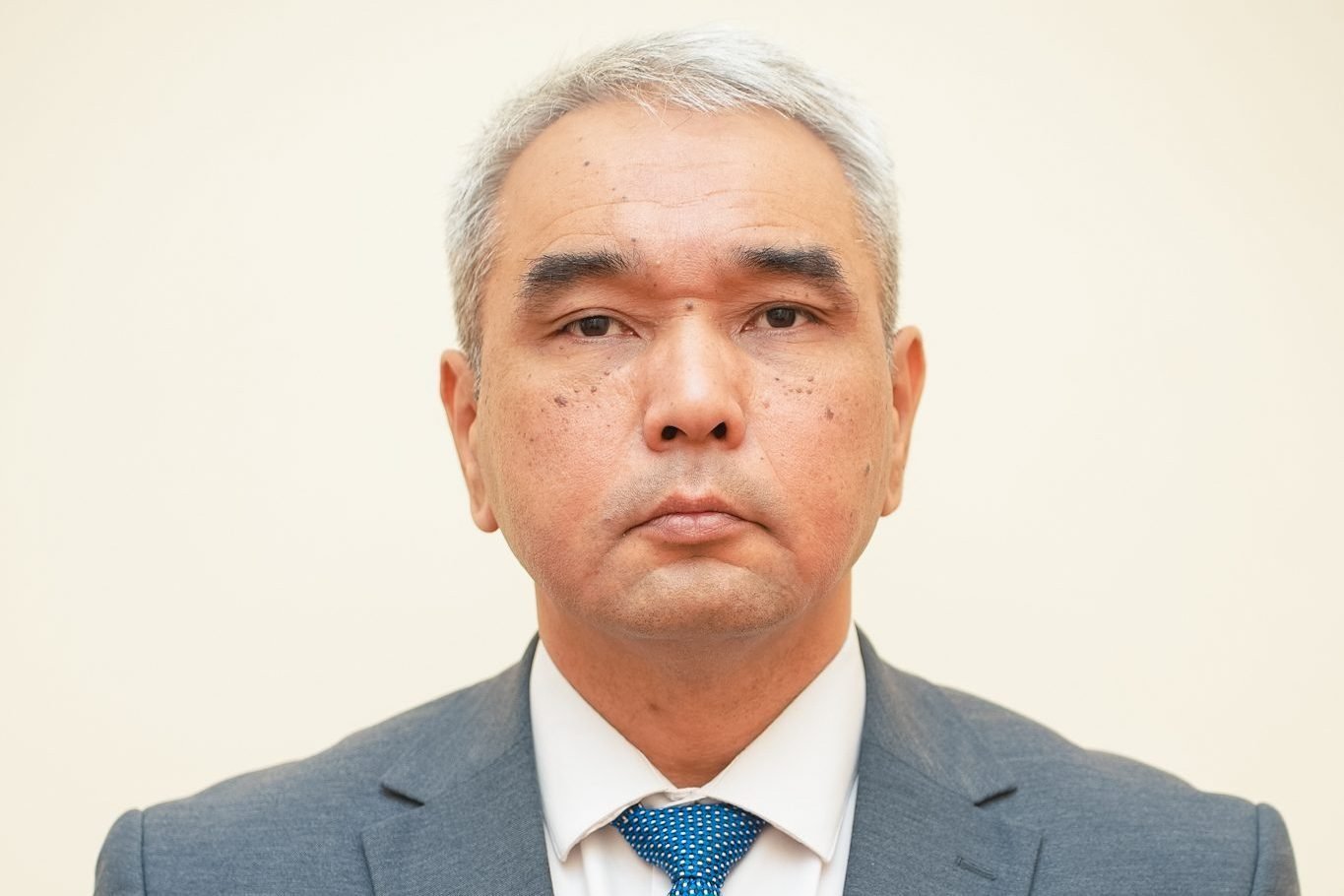
This will involve large computing capacities — ranging from one to ten exaflops (a unit measuring computing speed). There is currently no equivalent in Kazakhstan. These systems will require a specially equipped room with proper safety, temperature, humidity, and other conditions. That space has already been selected,said Tokbergenov.
At first, he did not disclose the location of the room, but later revealed that it would be in a basement. This means the AI developed on this equipment could quite literally be described as “underground.”
However, to function at full capacity, the lab needs more infrastructure than the Academy currently has — most notably, high-speed Internet. According to NAS representatives, the lab’s computing core or “brain” will actually be housed in KazNARU, located a few hundred meters from the Academy’s main building.
A fiber-optic cable will be installed to connect the two.
The choice of KazNARU is due to its better technical capabilities, including access to high-speed Internet. And also (but they did not mention this): the president of the National Academy of Sciences and the rector of KazNARU is the same person, Akhylbek Kurishbayev.
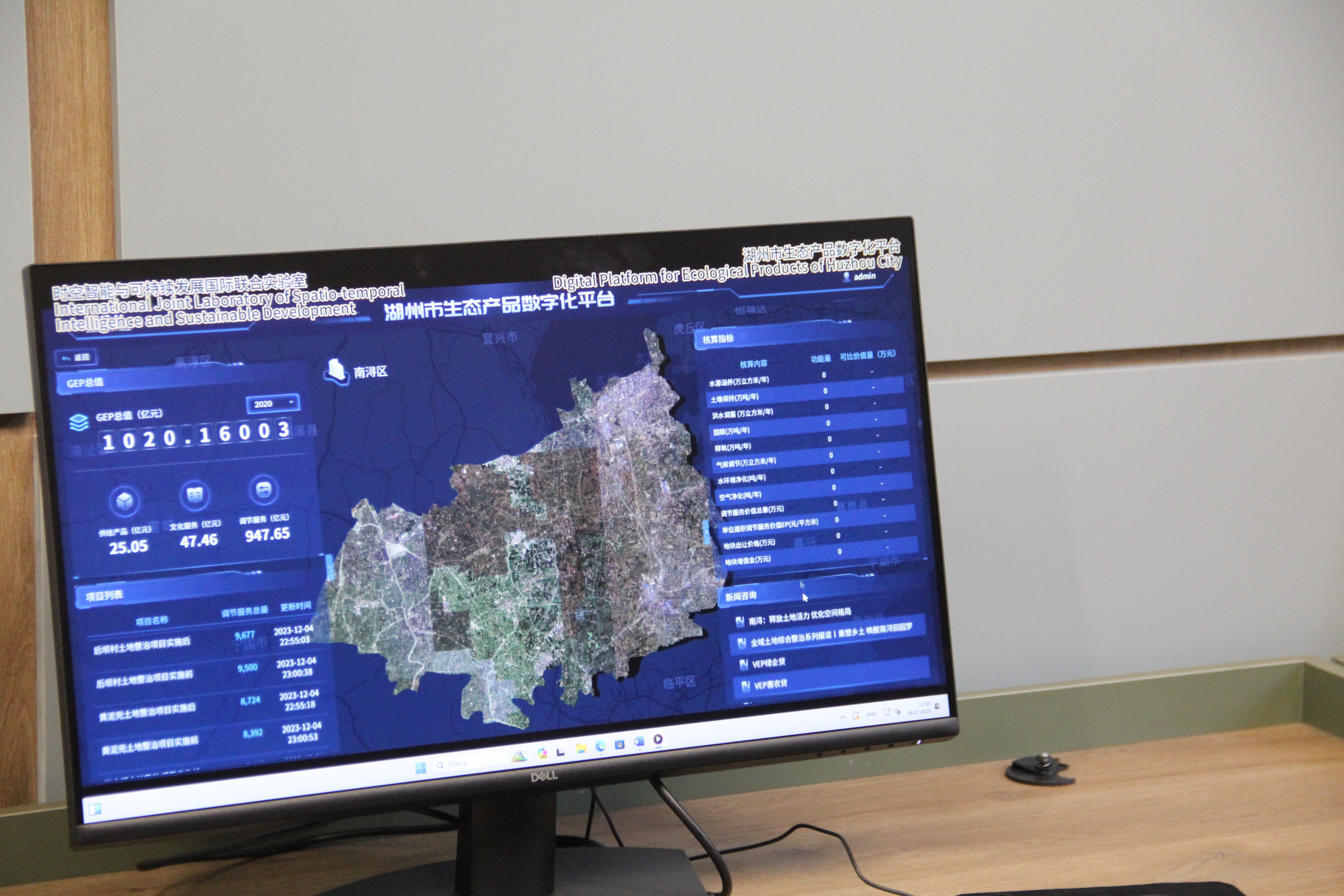
On July 8, another memorandum was signed at the NAS building, this time for the creation of the Institute of Spatio-Temporal Artificial Intelligence. The agreement, signed by ZJUT and KazNARU, will establish an institute dedicated to training personnel for the lab.
Tokbergenov explained how Kazakhstan contributes.
We’ve begun developing joint scientific and technical programs, which will be funded by Kazakhstan. These efforts won’t be limited to Kazakhstan — they will also involve neighboring countries. When it comes to water resource management, for instance, such issues can’t be solved within national borders alone. The same goes for climate change. And these will be investments from Kazakhstan,he explained.
Exact investment figures from the Kazakh side have not yet been disclosed.
Fire, Water, and Artificial Intelligence
So what is the laboratory actually doing now that it has launched? For now, as Tokbergenov explained, the focus is on testing existing equipment and software.
He outlined its purpose as follows:
Broadly speaking, the lab is designed to tackle complex problems such as modeling and forecasting natural hazards — floods, for example. Right now, we’re testing several pilot projects, including those related to water resource management.
Supporting this work is the SIGMA mobile complex — a truck that looks like KUNG (a military-style container on wheels) equipped with research equipment and drones. Here's how it works: SIGMA travels to a disaster site — a fire, flood, or similar emergency — and researchers collect data using drones, sensors, and other instruments.
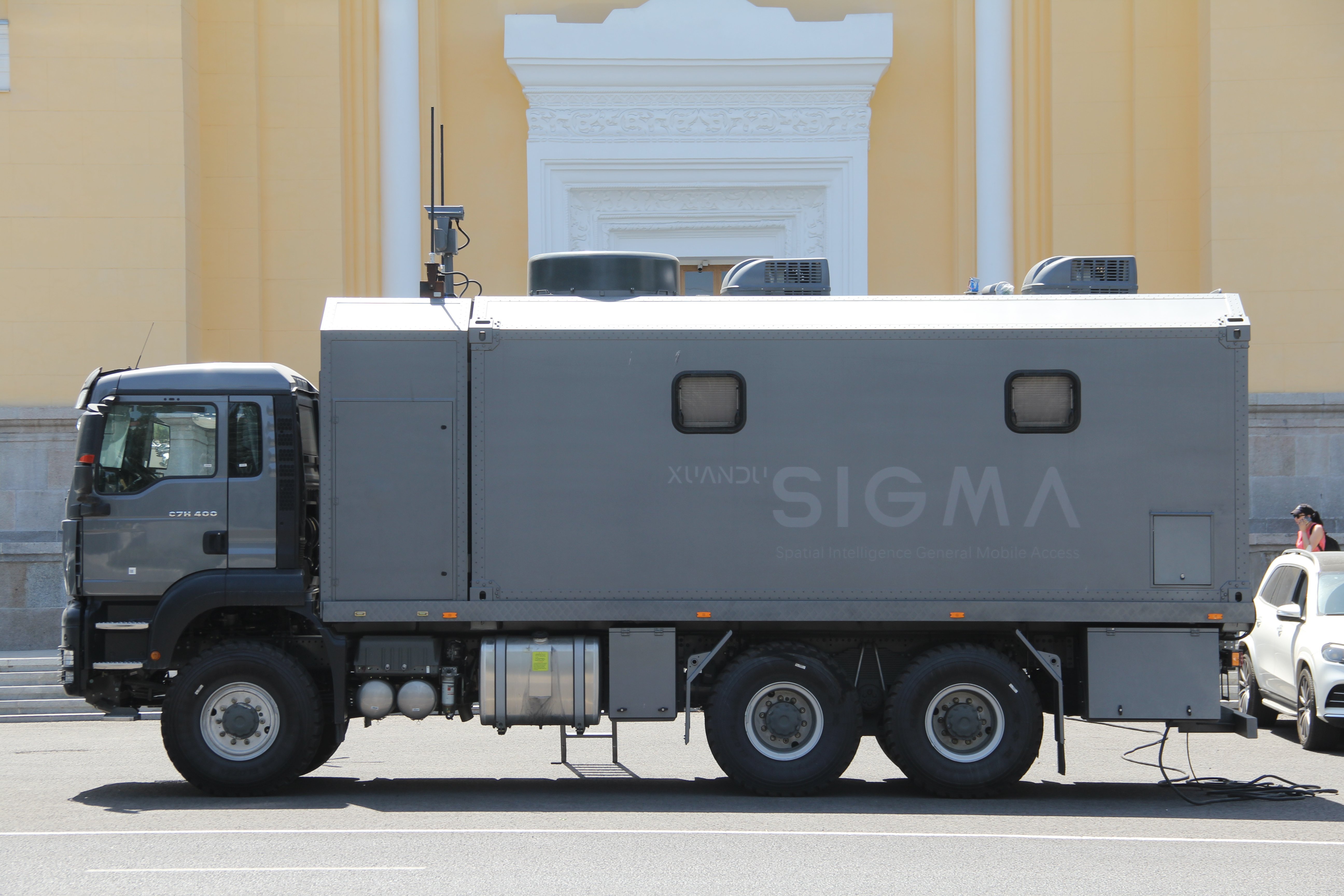
AI then analyzes the data to forecast the event’s development and suggest the most effective response strategy.
On July 8, a SIGMA truck was parked outside the National Academy of Sciences building, visible to all passersby. Ismail Tokbergenov proudly noted that SIGMA was developed by the National Academy of Sciences under the President of the Republic of Kazakhstan in collaboration with partner organizations.
However, for now, there is only one prototype. It has been deployed in the field just once and has yet to be tested in real emergency scenarios.
Chen Xi from ZJUT, stated that their team in China has already developed eight similar models that have successfully passed operational tests.
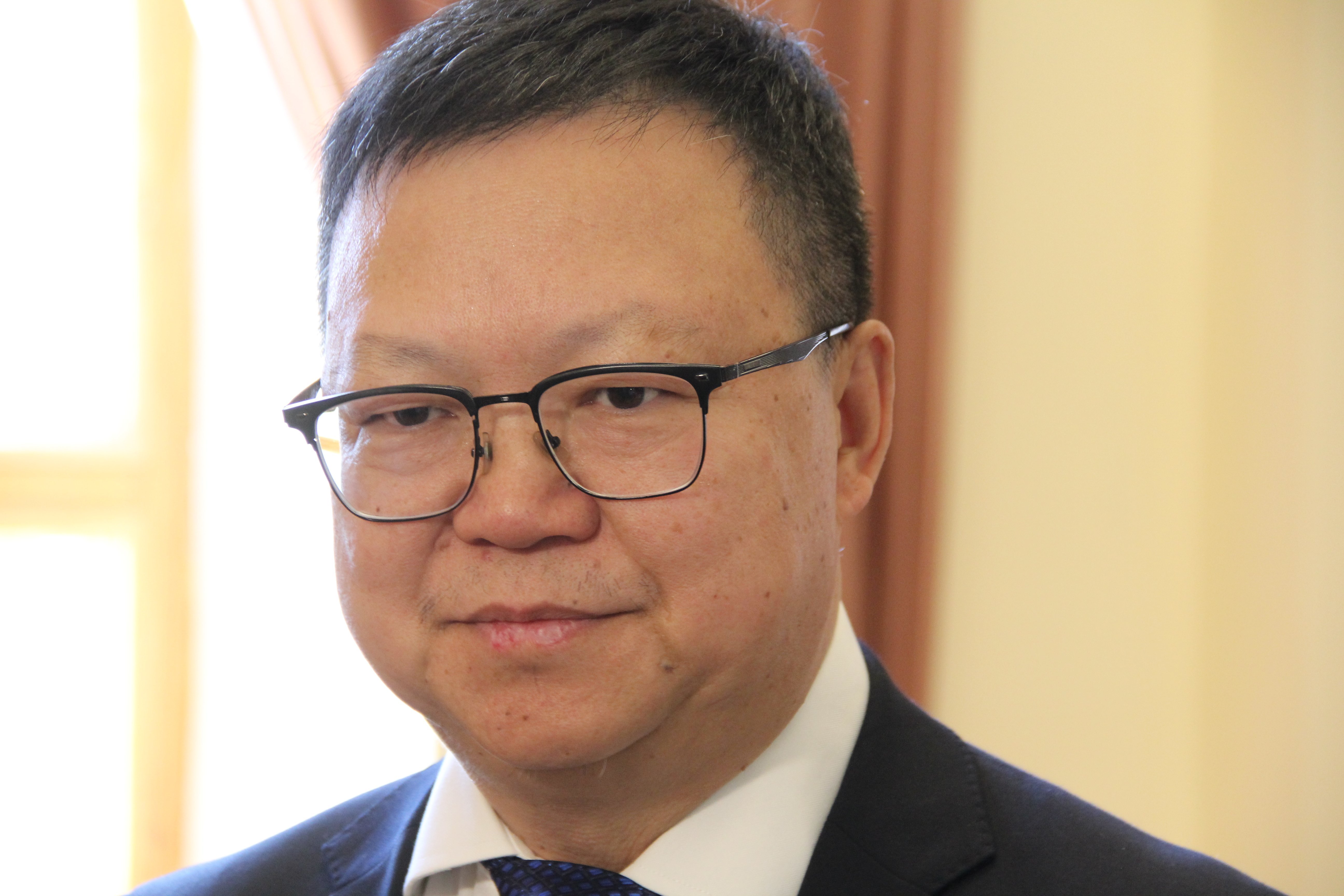
Chen Xi also introduced another module designed specifically for agriculture.
It can detect potential risks and plant diseases early on. The system measures soil moisture and can ‘sense’ when crops need watering,he explained.
While no tractor equipped with this agricultural system was on display at the Academy that day, Tokbergenov noted that the lab’s scope goes far beyond disaster prediction:
The laboratory’s activities cover smart logistics, smart energy, and smart agriculture.
Original Author: Igor Ulitin
Latest news
- Kazakhstan and Turkmenistan Announce Goal to Double Trade as Investment and Transit Projects Expand
- Driscoll Brings Shortened U.S. Peace Plan to Abu Dhabi Talks With Russia — Politico
- MP Visits Imprisoned Journalist Duman Mukhammedkarim
- Kapenov: Dubai Refuses Extradition to Kazakhstan
- Bishkek Court Changes Sentences for Former Kloop Camera Operators
- Jetisu Launches Major Overhaul to Ease Border Congestion at Khorgos
- CSTO to Appoint New Secretary General on January 1, New Head Becomes Known
- Another $300M Seaport Planned in Mangystau With Chinese Partner
- China or KTZ: Who Is to Blame for Kazakh Grain Wagons Stuck at The Border?
- Soldier Loses an Eye After Oath Ceremony in the Jambyl Region
- "During Famine, a Single Bird Could Feed an Entire Auyl": What Concerns Today’s Burkitshi
- Kazakhmys and Kazzinc May Soon Change Owners Amid Negotiations
- Foreign Ministry Clarifies It Has No Role in Case of Former Transport Prosecutor
- Komil Allamjonov Appointed Minister-Counselor at Uzbekistan’s Embassy in Washington
- Four Deputy Chairs Resign from Atameken National Chamber of Entrepreneurs
- FT: U.S. Peace Plan Cut from 28 to 19 Points After Geneva Talks
- Rare Argali Spotted in Altyn-Emel National Park
- Yana Legkodimova: Ministry Details Investigation Into Homicide Case
- Worker Electrocuted at Bogatyr Komir Mine in Pavlodar Region
- U.S. and Ukraine Agree on Most Points of Peace Plan in Geneva — RBC-Ukraine

